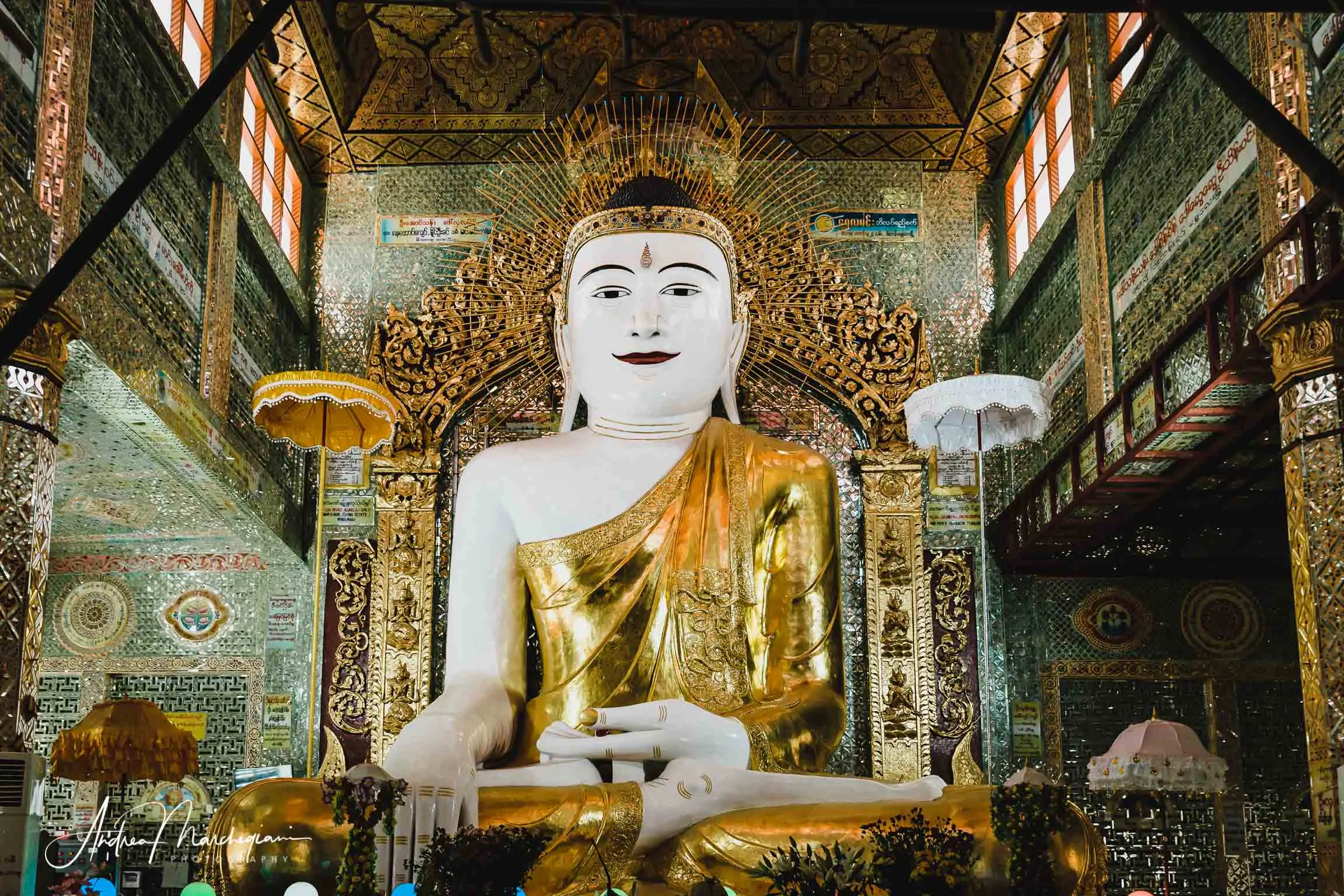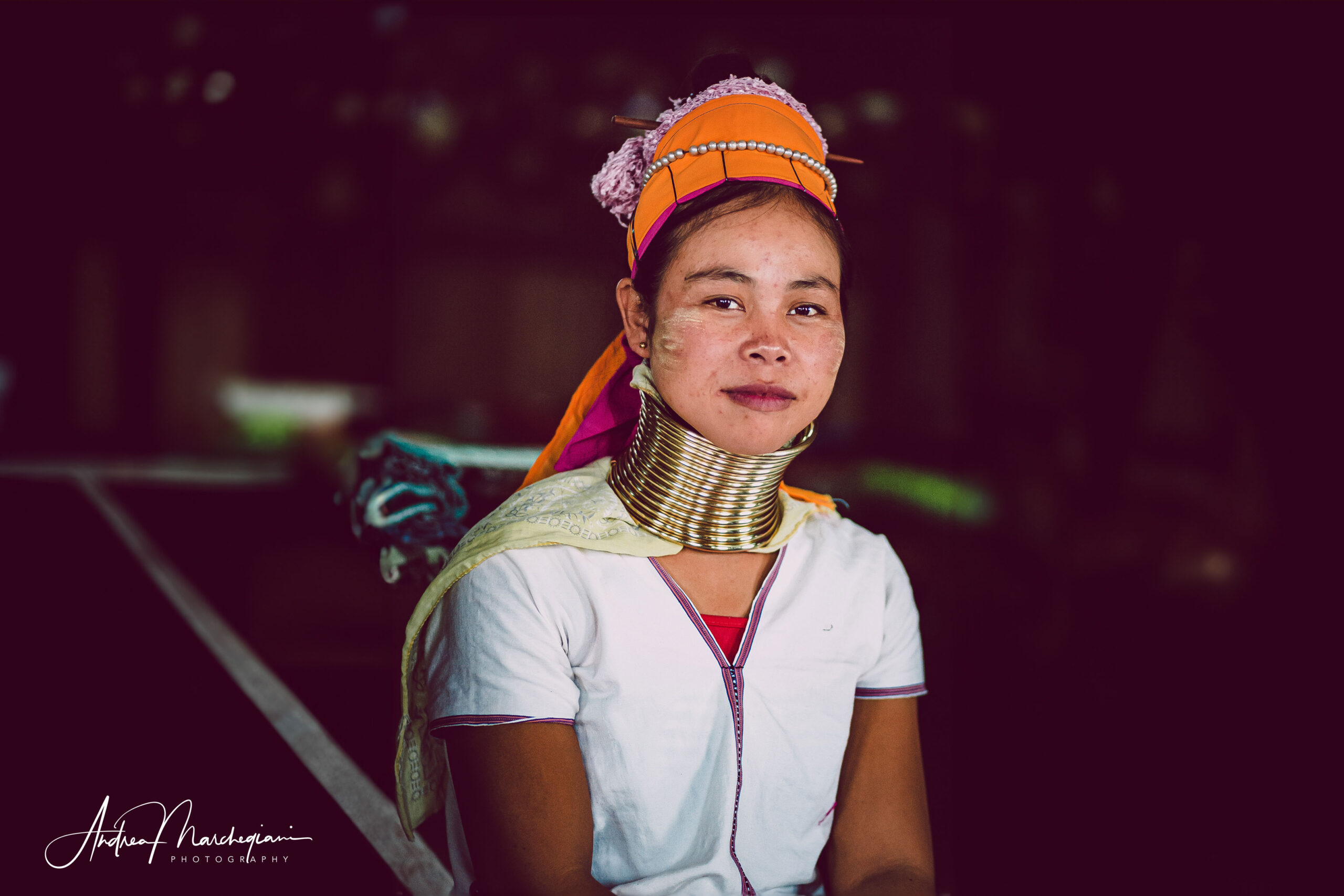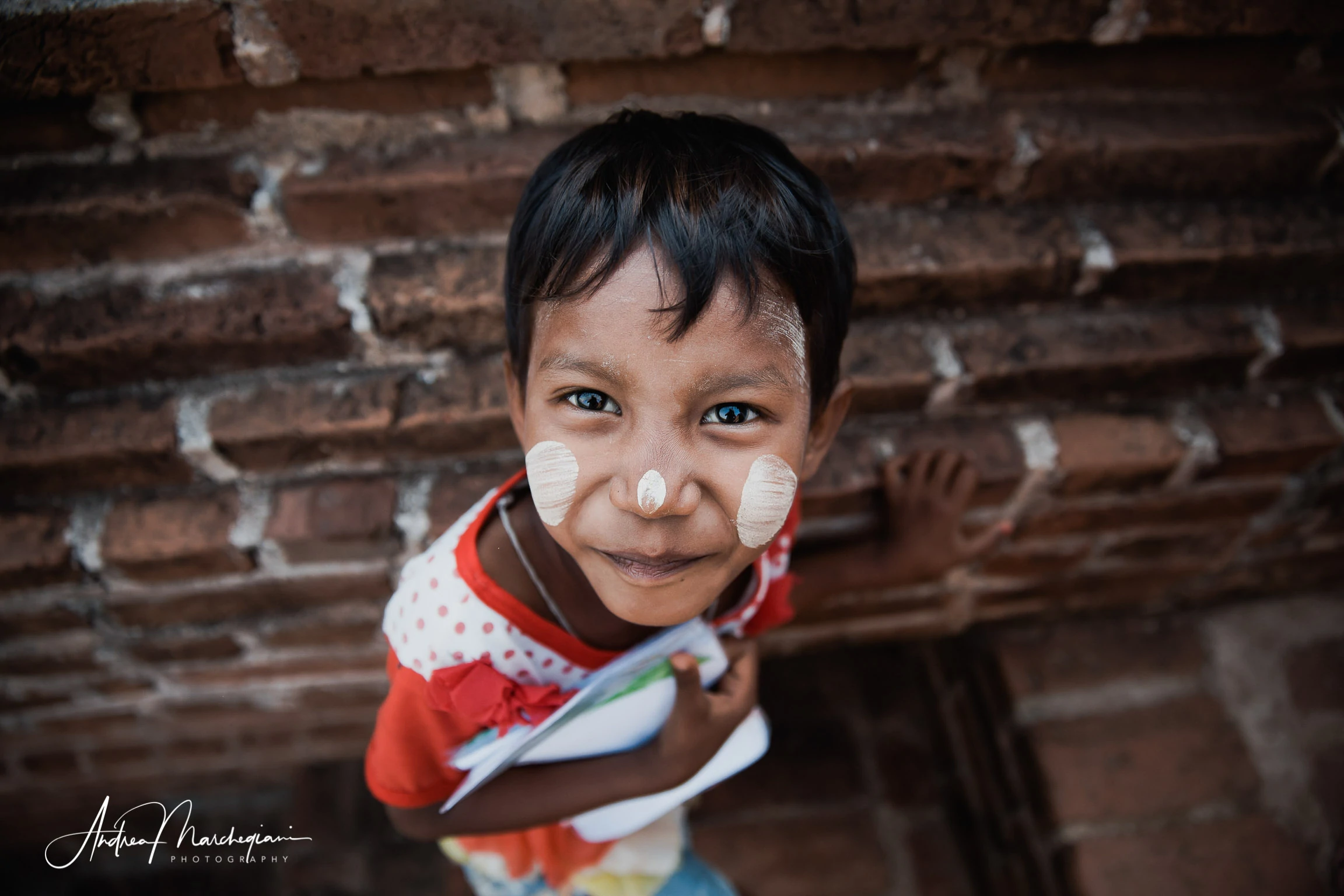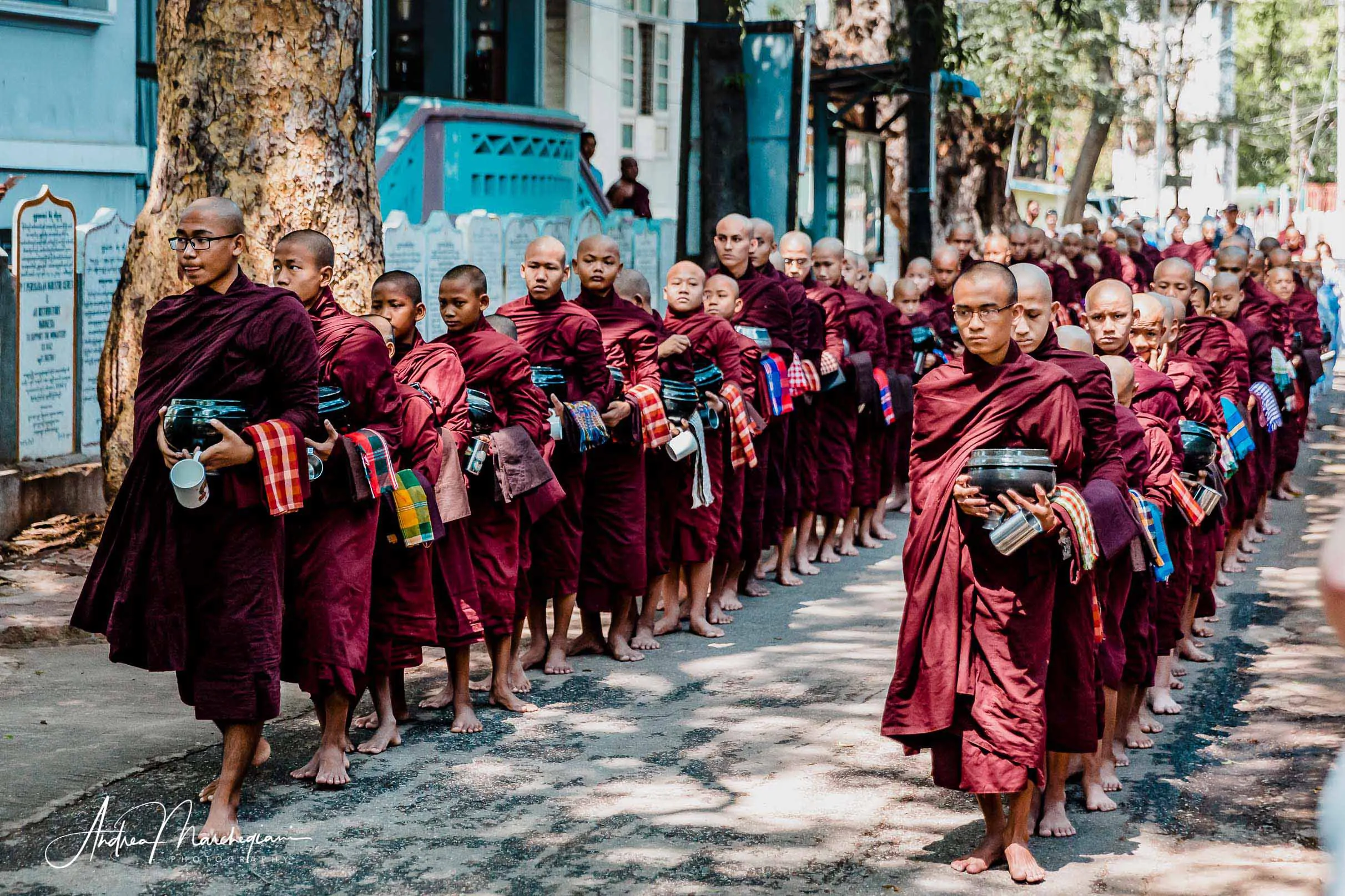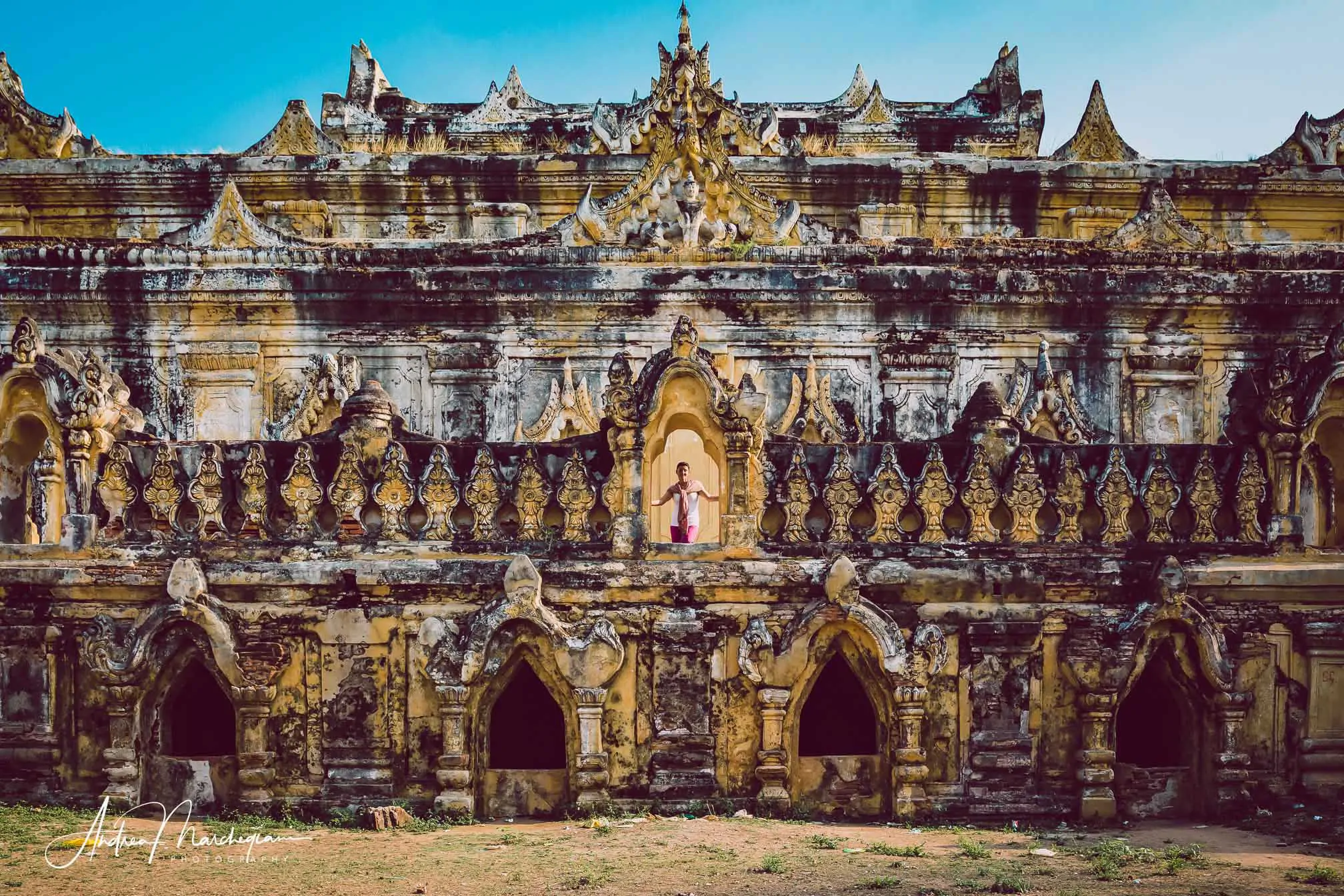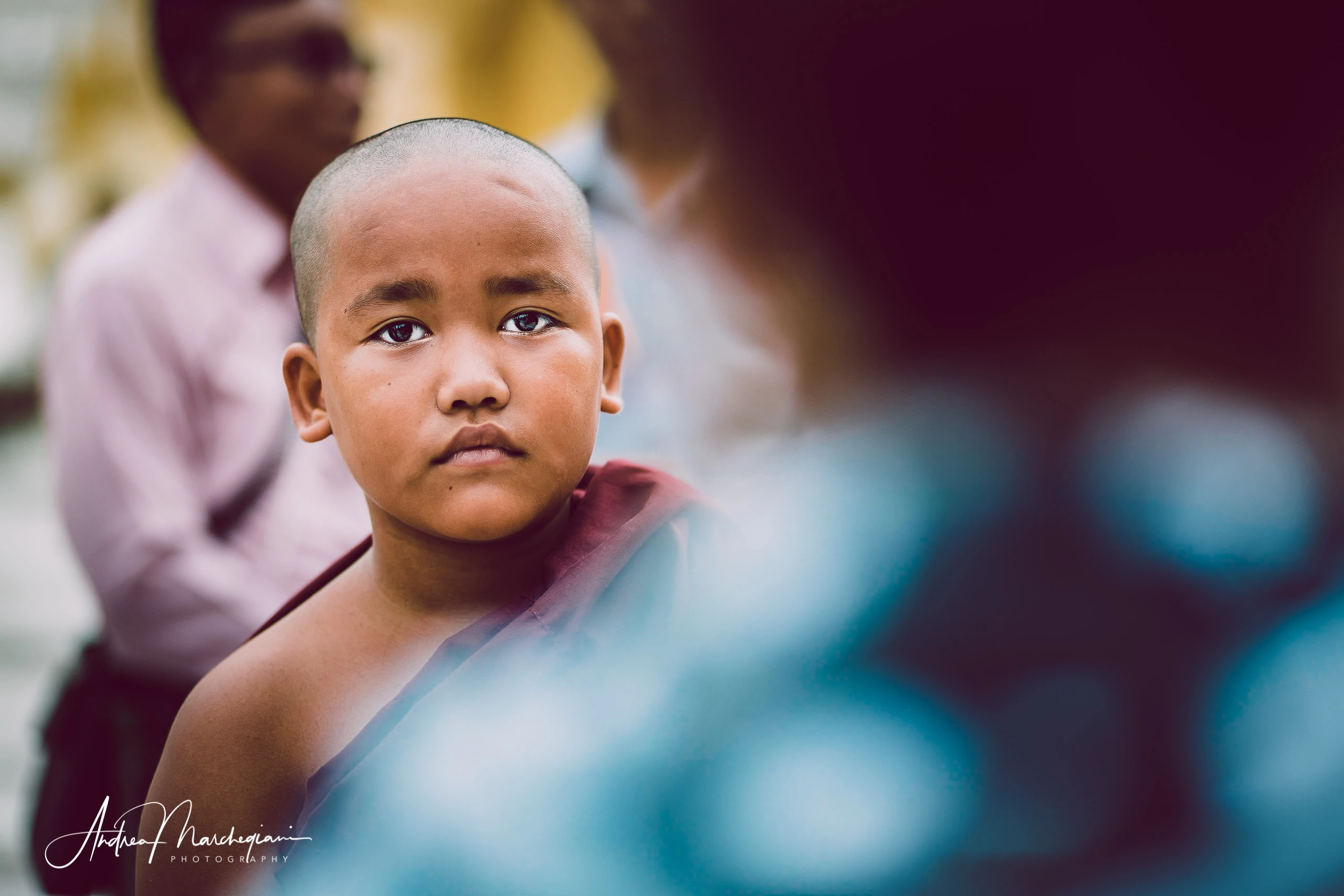
- Home
- Photo Galleries
- Portrait Photography
- Landscape Photography
- Street Photography
- China
- Ethiopia
- India
- Holy Ganges
- Varanasi
- Varanasi Ganga Aarti
- Varanasi, Manikarnika Ghat
- Varanasi Streets & Alleys
- Varanasi Demolition
- Varanasi Fruit Market
- Sarnath
- Brick Kilns
- Tamil Nadu, Chennai & Mamallapuram
- Tamil Nadu, Fort Tirumayam & Madurai
- Tamil Nadu, Tiruvannamalai & Thanjavur
- Kerala, Munnar
- Kerala, Peryiar
- Kerala, Backwaters
- Kerala, Kochi
- Kazakhstan
- Myanmar
- Senegal
- Uzbekistan
- Travel Blog
- China
- Ethiopia
- India
- Tamil Nadu & Kerala
- Varanasi
- Whato to do in Varanasi
- Varanasi Life along the Ghats
- Varanasi Death along the Ghats
- Varanasi Ganga Aarti Ceremony
- Varanasi demolished to honor Shiva
- Varanasi Fruit Market
- “Varanasi, A Journey into the Infinite”
- Sarnath
- All about River Ganges
- Holy Shit. All about Indian Cow Dung
- Clean India Project
- Brick factories
- Tilaka, pundra, bindi: what is the mark on Indian foreheads?
- Kazakhstan
- Mongolia
- Ulaanbaatar, the coldest capital in the world
- What to do in Ulaanbaatar
- Chinggis Khan Museum, 6 floors of Mongolian history
- Gorkhi-Terelj National Park and Bodgkhan Natural Reserve
- Altai Mountains, Things to do in Olgii and Sagsai
- Living with the Eagle Hunters
- Sagsai Eagle Festival
- Navrus Festival
- Xöömej, Mongolian throat singing
- Mongolian Food
- Myanmar
- Senegal
- Uzbekistan
- Latest Posts
- Photography Blog
- About
- Prints
Share with your friends:
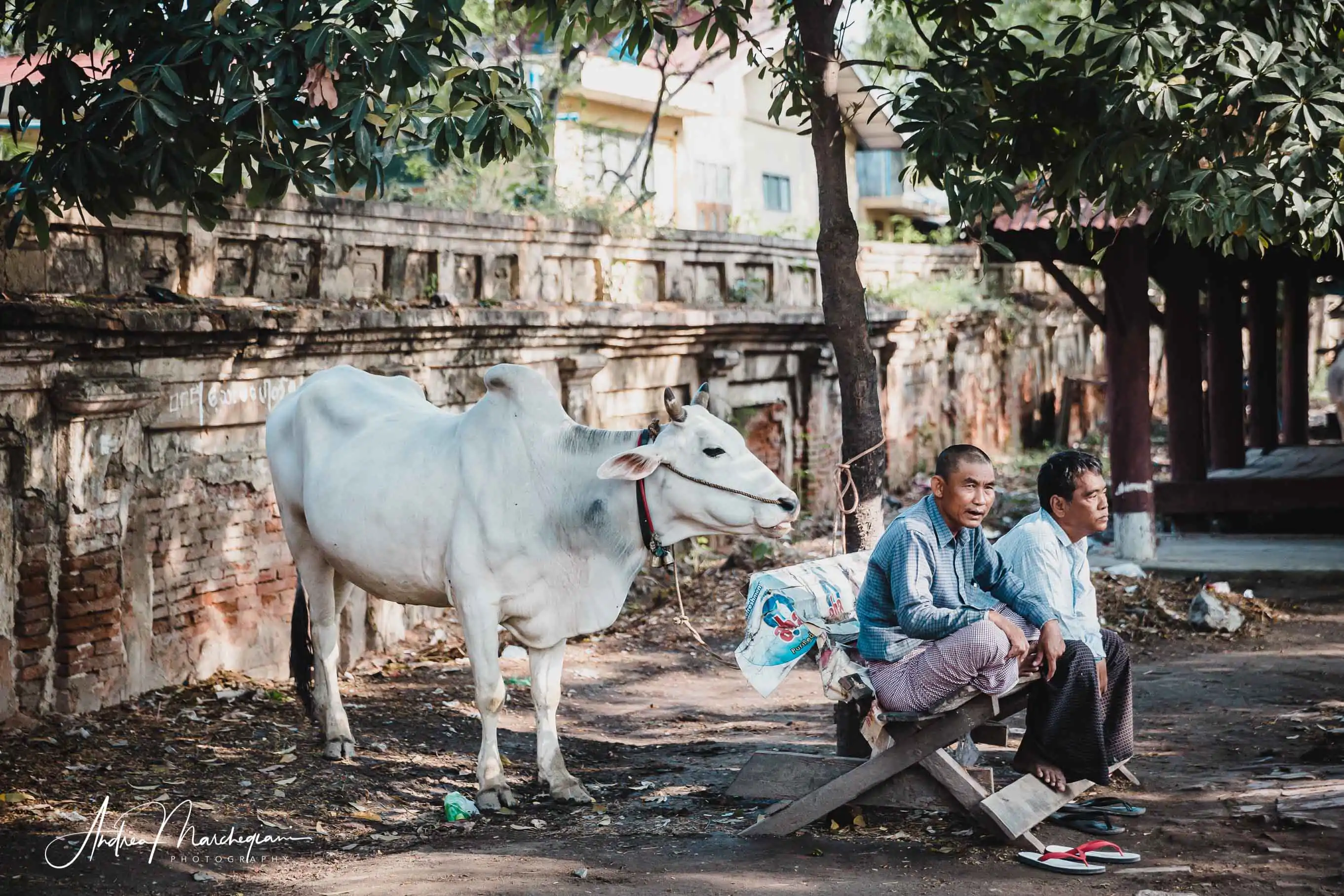
Mandalay is a young city
Mandalay is a young city, founded only in 1857, to be the capital of the country -which it was from 1861 to 1885. It was built by King Mindon Min, who identified the hill at the north of the city (Mandalay Hill) as the site chosen by Buddha 2,400 years earlier for this purpose. It is the second most populous city in the country (after Yangon) and the first religious center (it houses about 60% of monasteries in the whole of Myanmar).
I decide to sacrifice the visit to the Mandalay Fort, the royal palace, because, although glittering and majestic, it was entirely rebuilt in recent times, after being destroyed by fire in 1945 during the Second World War. The wood has been replaced by concrete walls and sheet metal roofs, making the structure less interesting; I give up, reluctantly, even the view from the hills of Mandalay Hill. Both sites are located in the north of the city and I decided to explore the ancient Burmese capitals located in the southern suburbs.
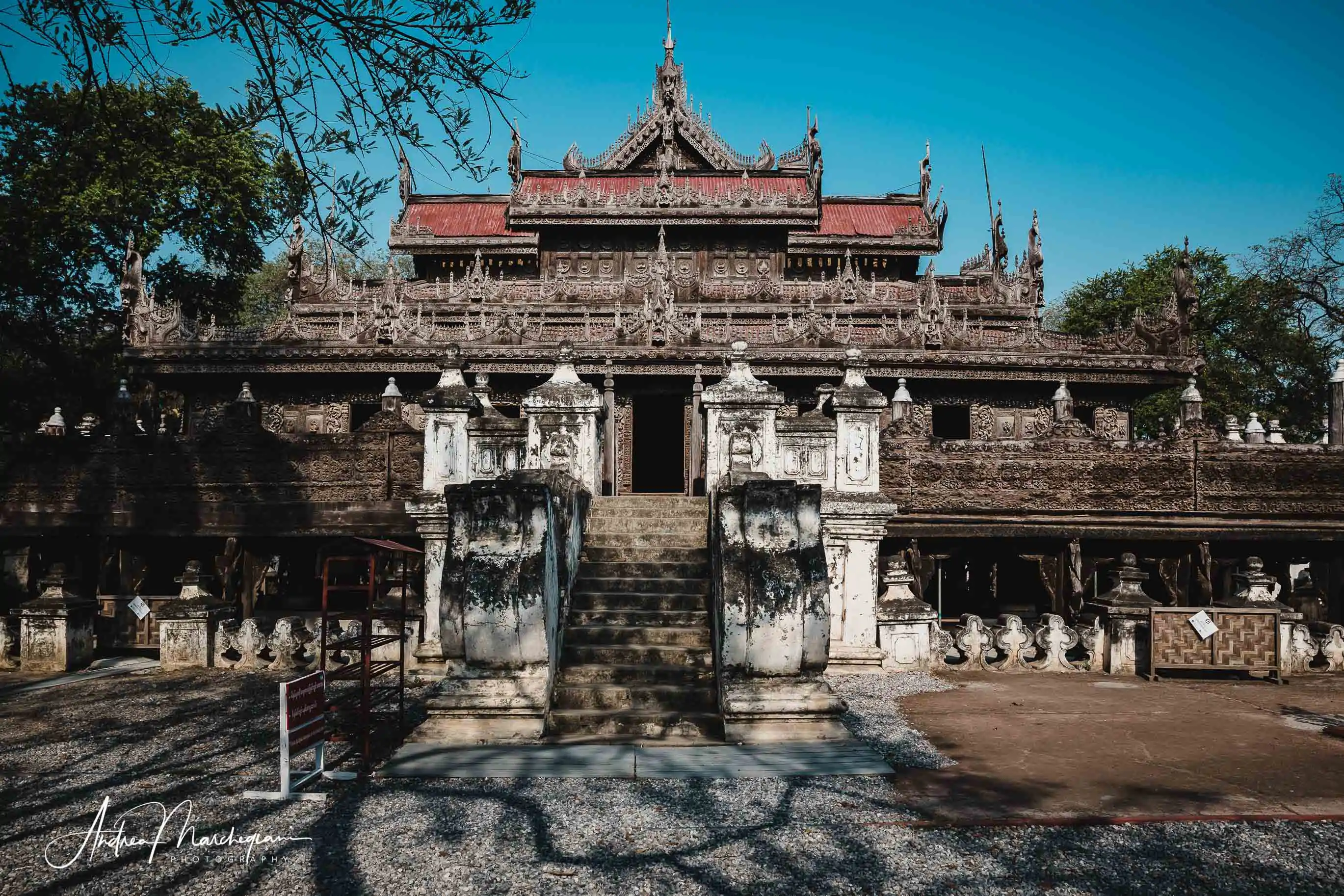
Shwenandaw Monastery (Golden Palace Monastery)
The Golden Palace Monastery (Shwenandaw Kyaung) is the most beautiful Burmese teak monastery in the country, the only one spared by the second world was bombings. It is also the structure that most resembles the old Mandalay Royal Palace.
Initially the building served as the residence of the royal palace of Amarapura: when the king decided to move the capital to Mandalay, the entire palace was dismantled, transported by elephant and rebuilt north of Mandalay!
King Mindon Min lived there until his death in 1880. Then his son decided to move the palace again, to “reassemble” it outside the walls of Mandalay, changing its use to a monastery. It is a miracle that wood has survived so much commotion!
Although teak is one of the most resistant woods in the world, I must say that it clearly shows the signs of time: the planks are cracked and the carvings blackened and worn out by the weather. I try to imagine how it was originally supposed to look when it was completely covered with golden layers. Inside, the roof is still gilded and the panels depicting scenes of the Jatakas (anecdotes about Buddha’s previous lives) are in excellent condition.
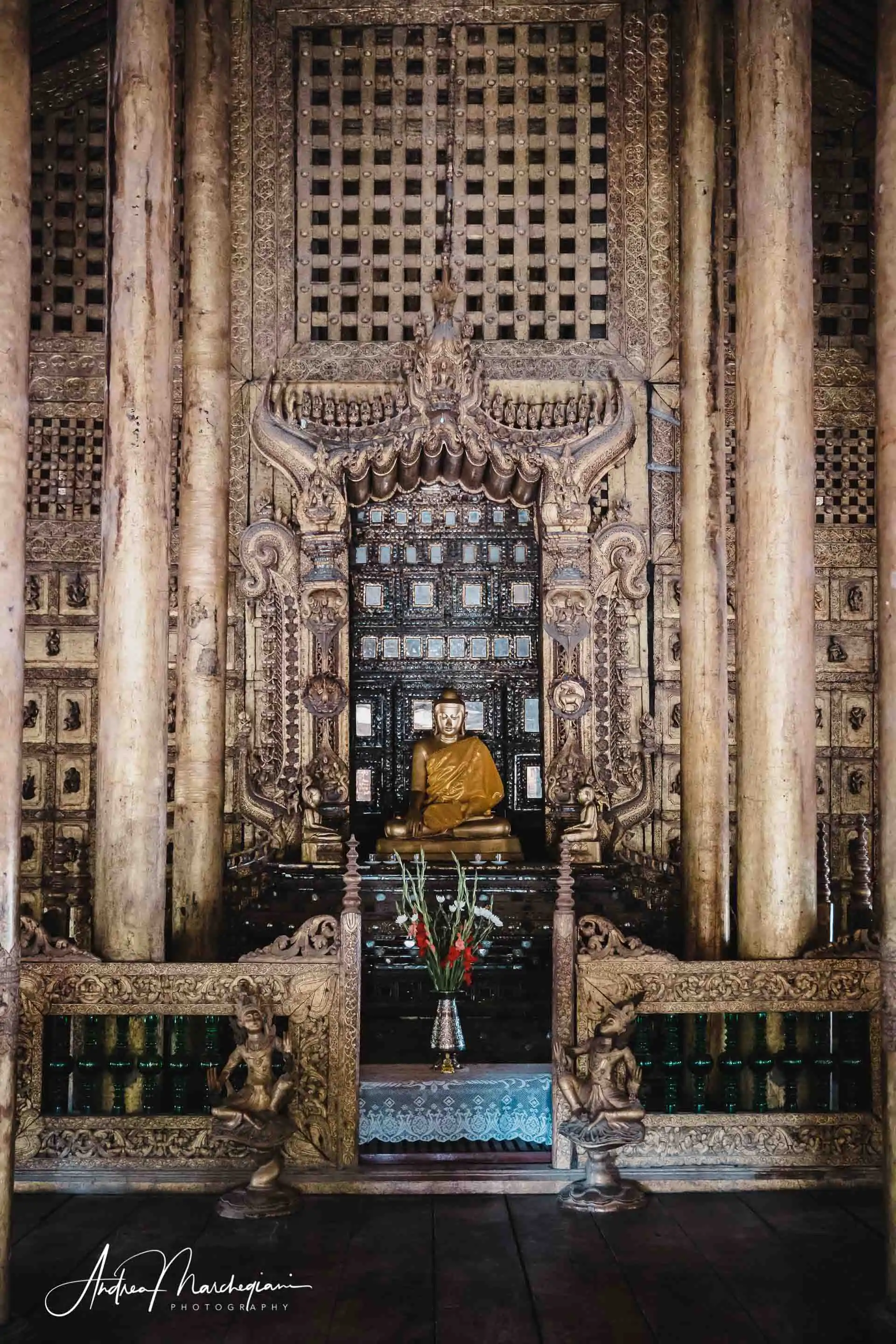
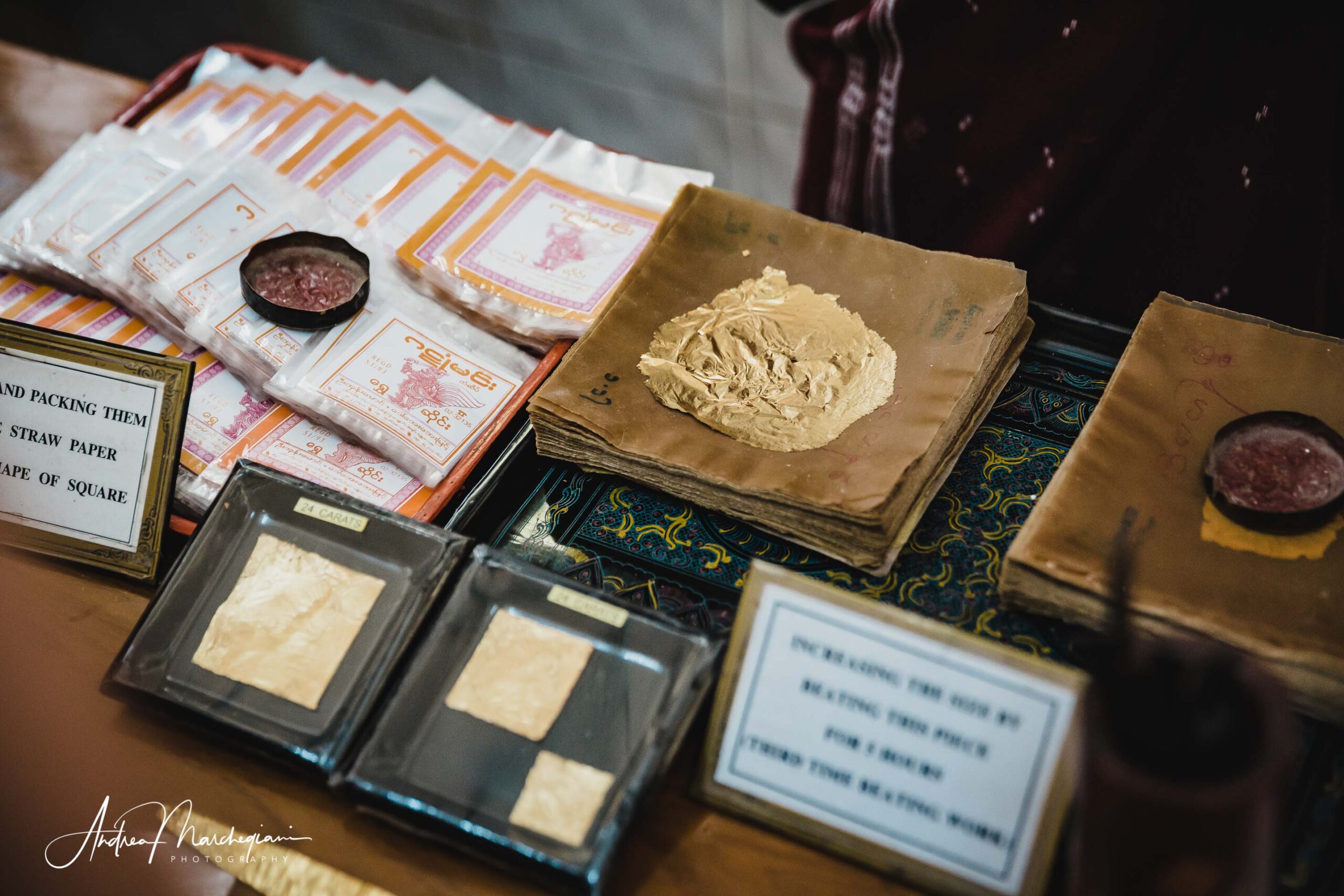
Gold gilding in Myanmar
Everything sacred in Myanmar is covered with gold: stupas, Buddha statues, whole buildings. It is absolutely necessary, if you are about to visit Myanmar, to understand the fatigue and work behind this practice.
That’s why you must visit a shop that makes the famous Burmese gold leaves. You’ll be speechless!
Young boys and girls hit gold leaves on a rock with a steel club. To help them keep up the pace, they work rhythmically. The process takes about 5 hours: the gold leaves, the size of 3-5 centimeters per side, are crushed until the sheets are a thousandth of a millimeter thick. It is a highly exhausting activity, especially in the hot and sultry days of Mandalay.
From now on, when I see a statue covered with gold, I cannot help but think of the great sacrifices necessary to make every single gold leaf, not to mention the economic effort of the faithful who buy them.
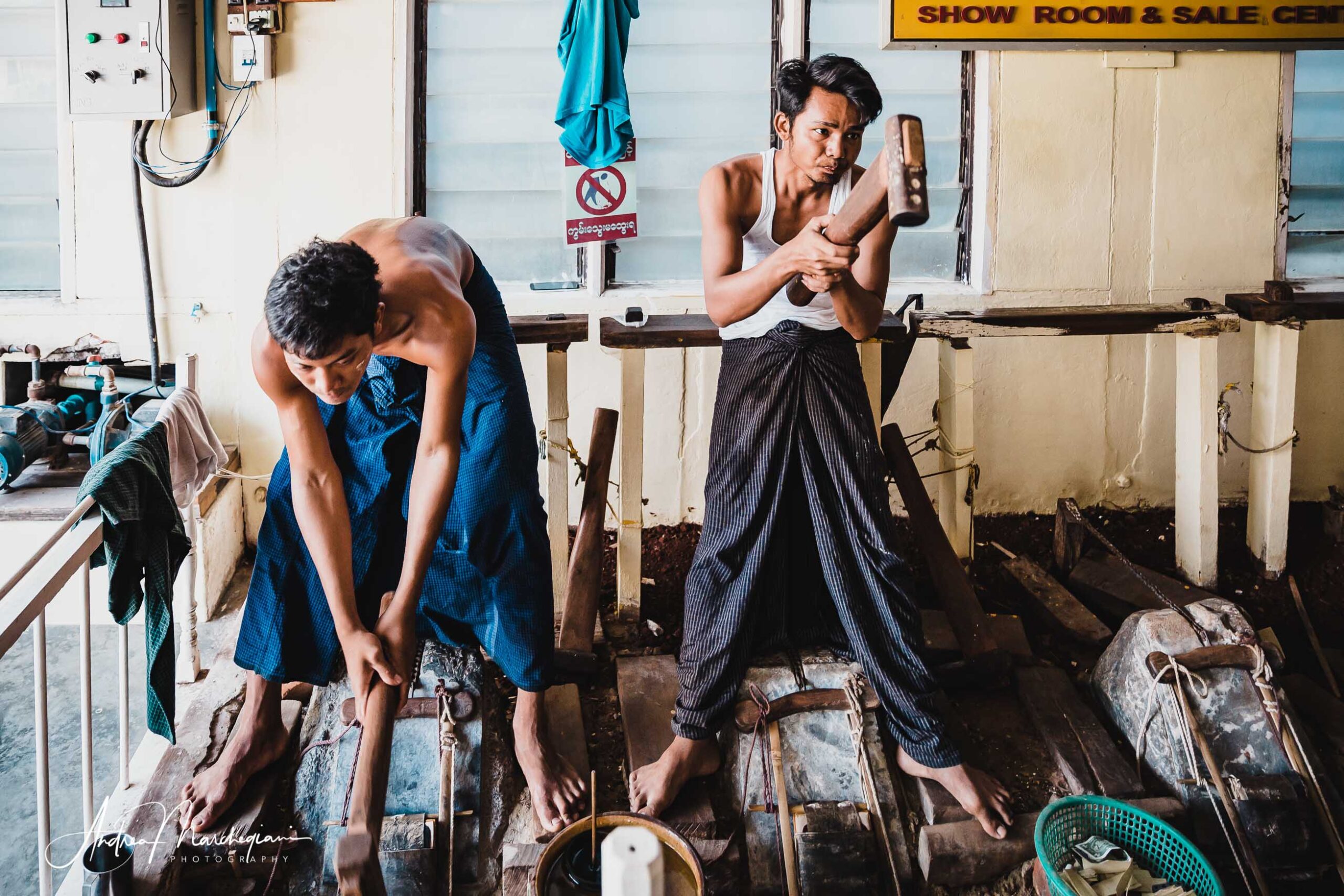
The ancient capitals in the surroundings of Mandalay
Although Mandalay is a modern city, the surrounding area is rich in history and is home to important cities which have taken on the role of capitals of the kingdom after the decline of Bagan. I can visit 3 out of 4, all in the southern suburbs of the city.
For some I have created specific articles, so I’ll refer you to the link if you wish to deepen the topic.
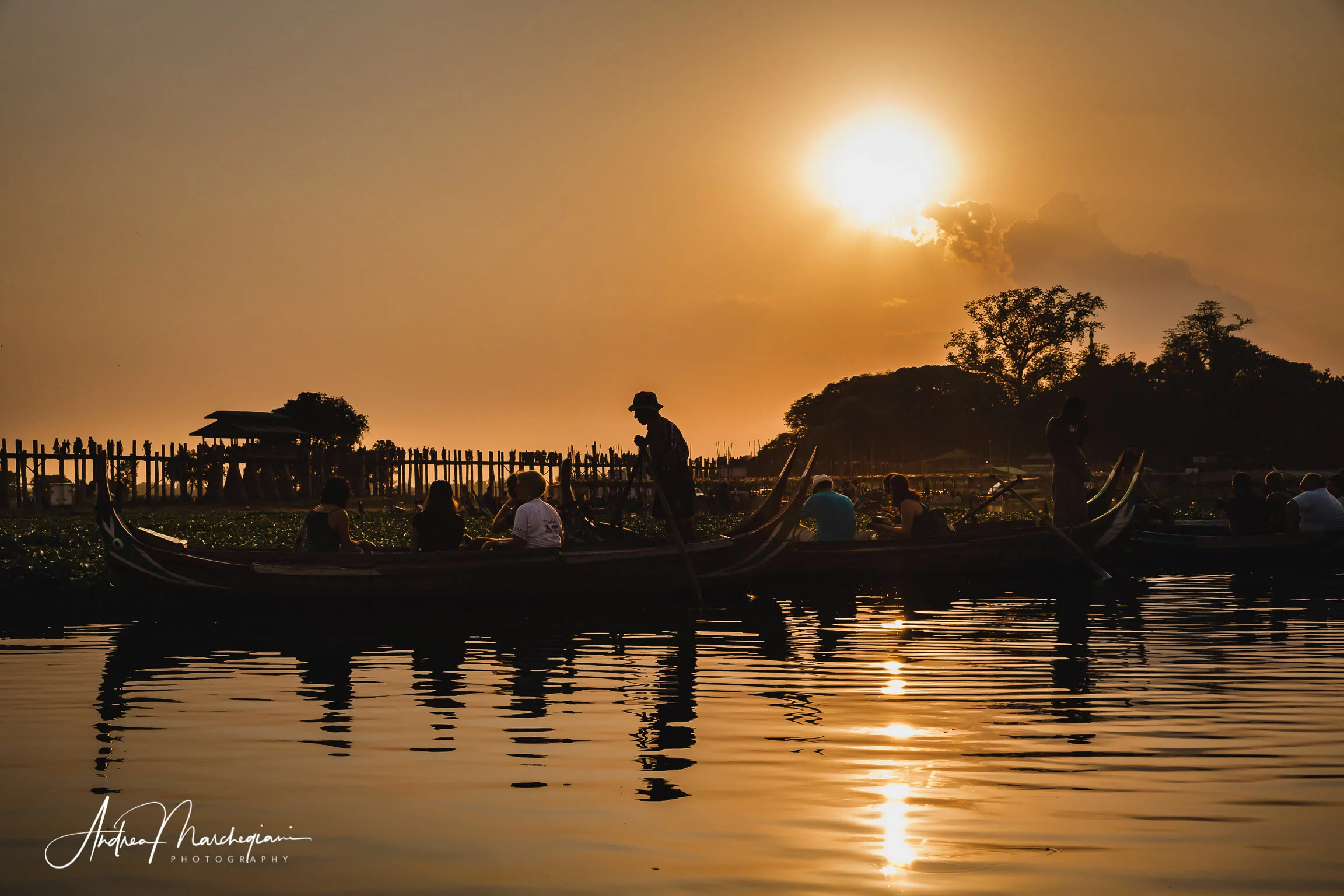
Amarapura
Its name means “city of immortality” and it was the penultimate capital of Myanmar before the English conquest. It is located 10 km from Mandalay, becoming a de facto suburb.
With the words of Tiziano Terzani in my head, I visit Mahagandayon Monastery and attend the monks’ lunch ritual. In the evening, I go to U Bein bridge, which was the longest teak bridge in the world until a few years ago. The bridge allows passage over Lake Taungthaman and thus connects two local villages. The waste wood from the royal palace was used to build it!
Amarapura gave me great emotions and I wrote a very personal diary page in the article below.
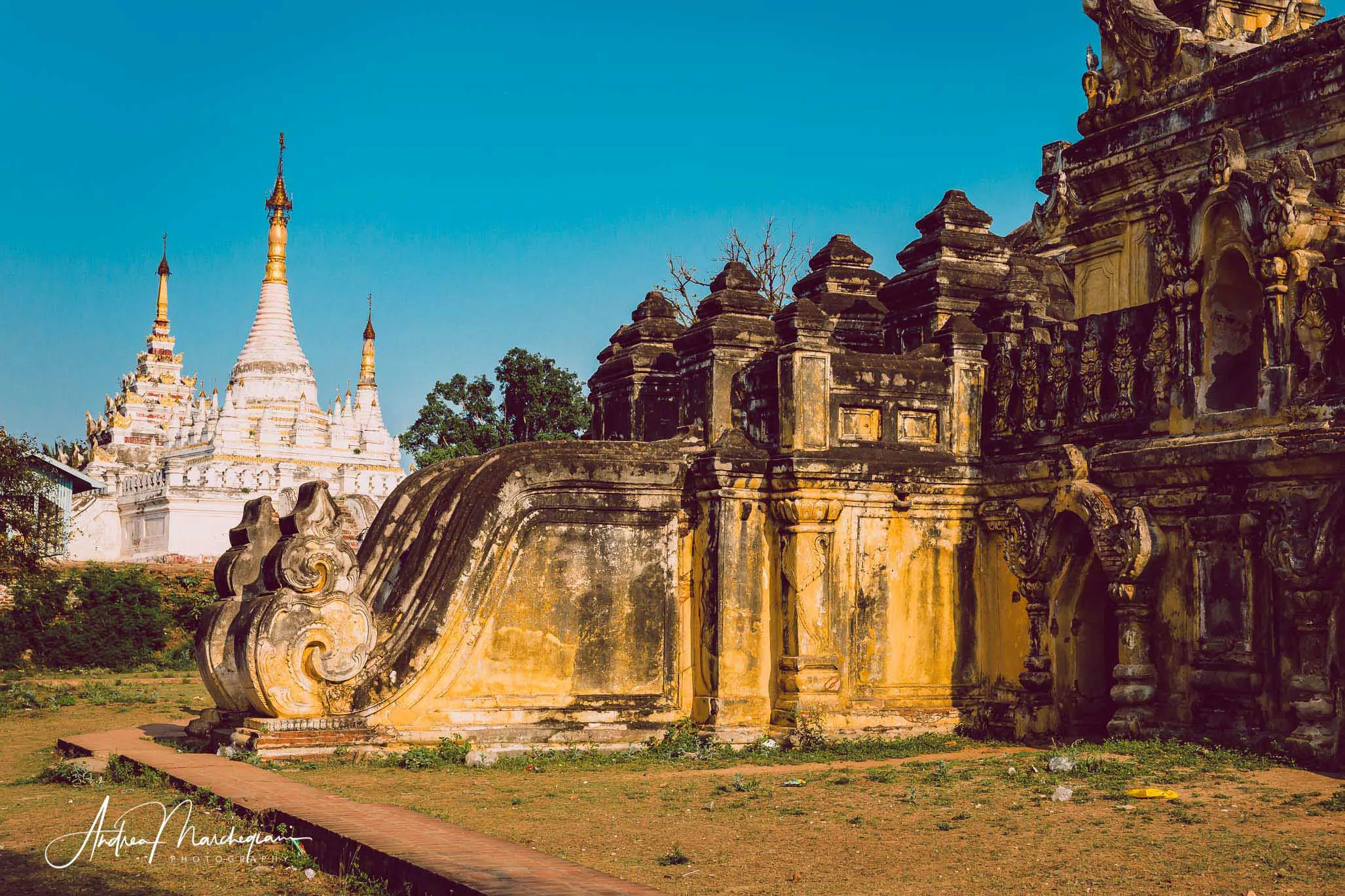
Ava ( Innwa)
Ava has been the capital of the kingdom 4 times. I rent a buggy and I enter the ruins of the city. It is surprising the way the old buildings are integrating with the surrounding countryside. the simple lifestyle of farmers of Innwa, a small village built near the archaeological area, is stunning. I think I took some of the most intense photos of my trip here, so I wrote about it in detail in my article below.
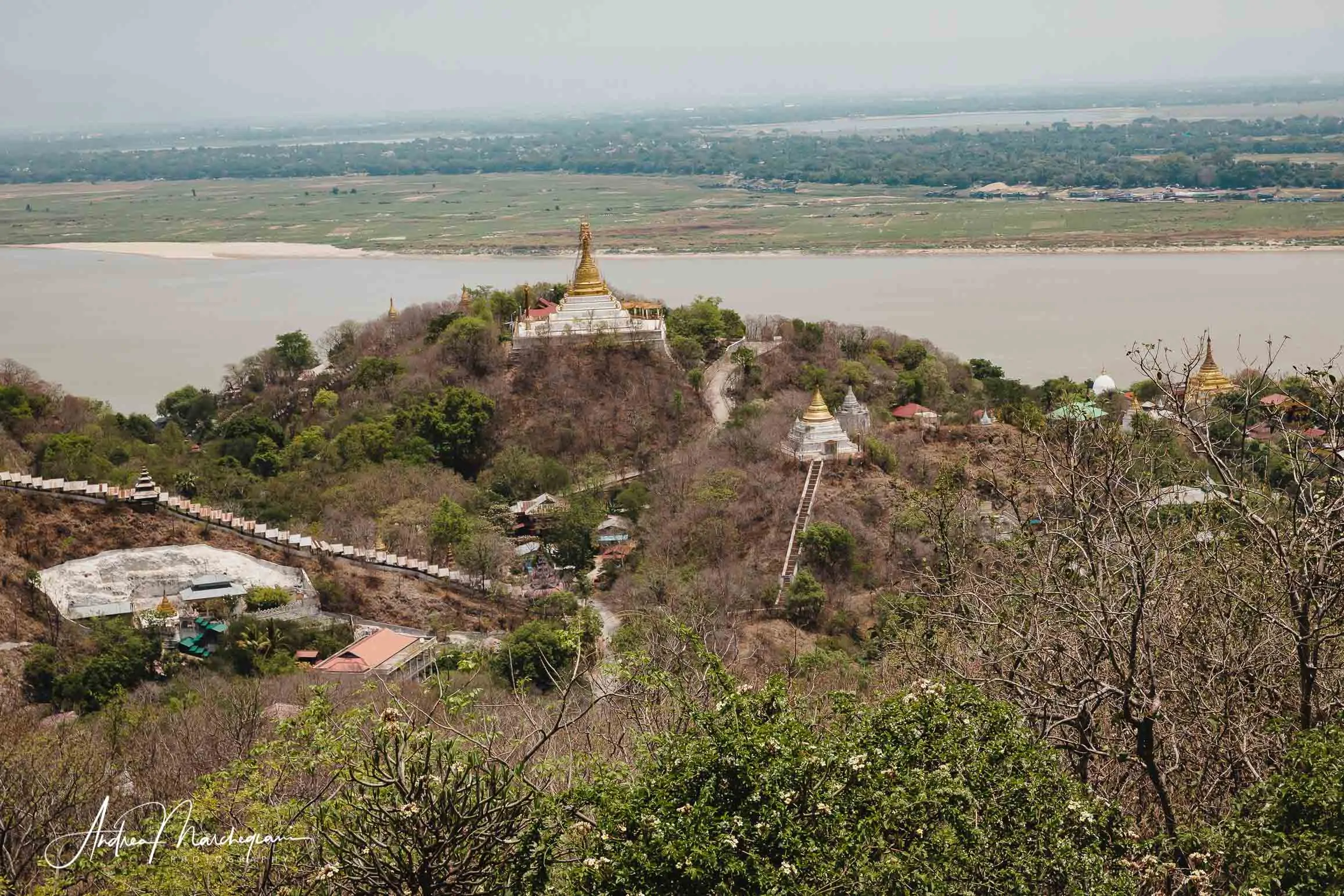
Sagaing
Sagaing was briefly the capital of the kingdom in the 14th century, after Bagan and before Ava, and then again in the 18th century.
It is known to be a small Bagan and many travelers come here if unable to reach it. Sagaing, too, shows off thousands of stupas scattered among the clearings and you can admire them from the hills of Sagaing Hill. The afternoon view doesn’t have the charm I expected, but maybe it’s because Bagan stole my heart.
I visit the imposing temple of Soon U Ponya, which is almost 30 meters high and dates back to 1312. Pon Ya was the minister of the king and legend has it that he had supernatural powers and built the temple in a single night.
Inside, you can enjoy a seated Buddha statue of remarkable dimensions.
Sagaing is, among the imperial cities, the one that struck me the least but this is perhaps due to the speed of my visit. The city is in fact an important spiritual center and there live thousands of monks that I would have had the pleasure of observing in their daily lives. This could be a good reason to go back to Myanmar, or maybe I should say another good reason, because there is so much to enjoy in Burma, not least the incredible kindness of its inhabitants.
